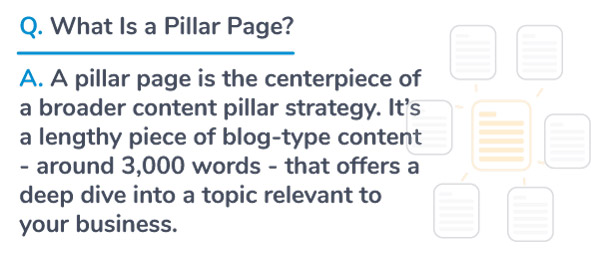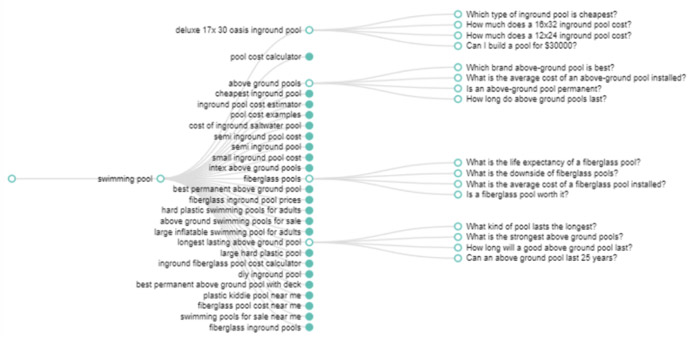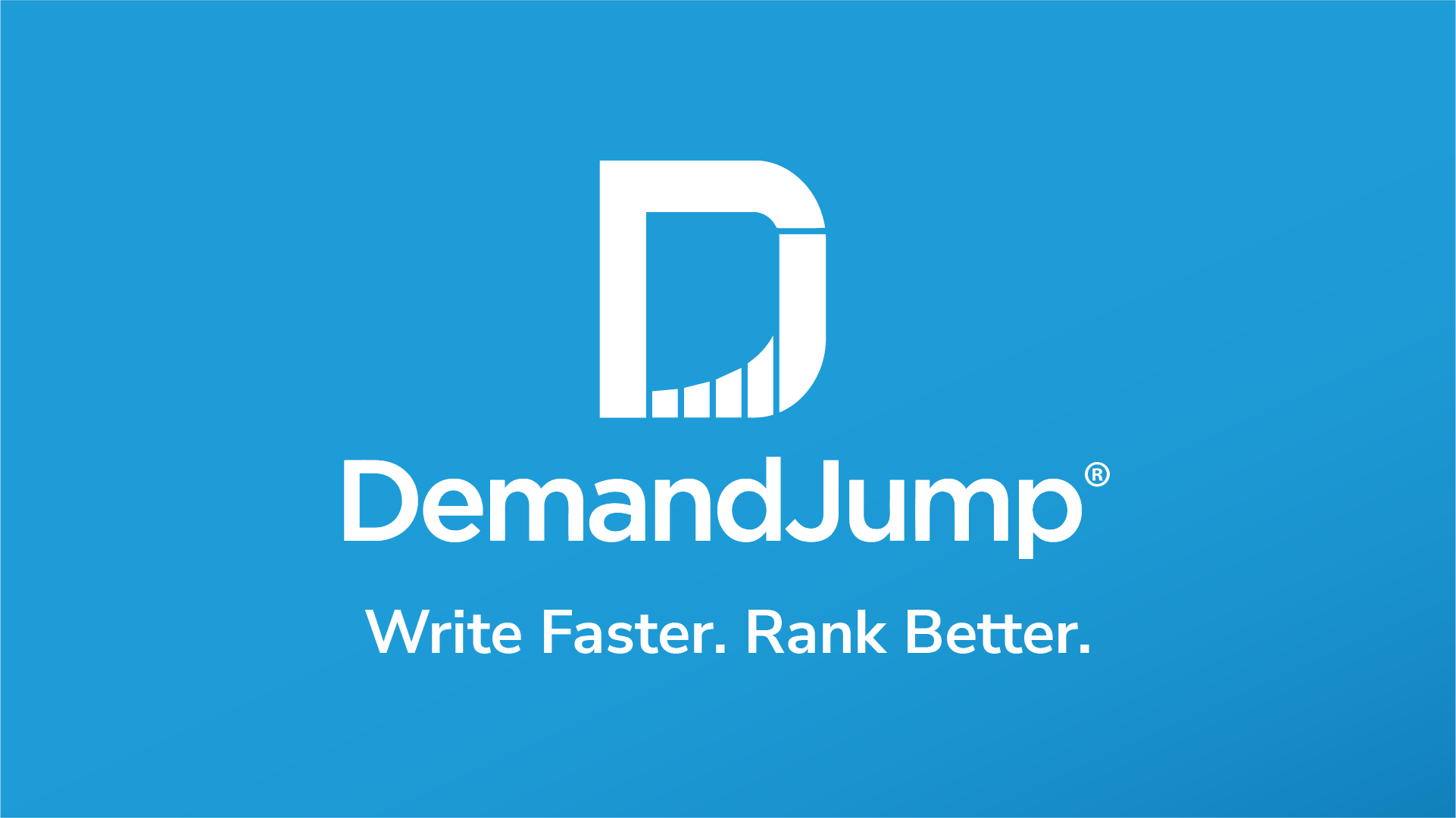The secret is out: the best way to win first page rankings on Google is with an SEO pillar strategy.
Creating content just because “content is king” might be a total waste of time and resources if you aren’t doing it with a deliberate plan to win in place. Most of the content that is created (we are talking over 90%) is never seen. Ever. That blog you spent two days writing, no one will read it. Those hours of work were essentially meaningless.

However, with a little bit more strategy and a deliberate approach, your content can become powerful. Pillar strategies make sure your content all works together to climb the rankings and reach your audience in the first page of a search engine.
There are two main components that make a pillar strategy extra effective. The first is traffic generation that comes from people finding the pillar page, support pillars, and blogs. The second is turning that traffic into leads and outcomes by directing them to landing pages and calls to action like “schedule and appointment now” or “contact us today” or “subscribe.” This might sound familiar to you, or completely foreign…either way, don’t worry. In the following blog, we are going to break down the relationship between pillars, pillar pages, and landing pages as well as answer many questions you may have.
Pillar Page Meaning
Before comparing pillar pages and landing pages, you need to understand that a pillar page is a (roughly) 3,000-word article that is a part of your website, either as a blog or a page in and of itself. A SEO pillar strategy contains three tiers of content, all centered around one inter-connected topic cluster…pillars (pillar pages), sub-pillars, and supporting blogs linked together. The pillar page is the focal point of your pillar strategy.

Is a Pillar Page the Same as a Landing Page?
They can be, but usually aren’t. Pillar pages are the 3,000-word articles that encompass the entire topic you are writing about. A landing page is a stand alone section on the website that a person “lands” on after clicking a link from an email, ad, or blog.
Theoretically, a link could send you to the pillar page, making it a type of landing page. Typically though, a pillar page goes in depth on some of the main questions and subtopics, but generally speaks in broader strokes. For example, if your pillar strategy was about COVID-19 testing, the pillar page might just be “COVID-19 Tests.” Then, over the course of 3,000 words, you would write about all sorts of sub topics (which might become sub-pillars or supporting blogs later on) like test types, where to get tested, who should get tested, what to do if you test positive, etc.
A landing page will look to drive an action or an outcome from your audience such as joining a mailing list or buying a product. A landing page example may include a contact page on a website. You might click on the “contact us” footer on the website, but the page you are sent to (the landing page) is the contact page. Landing pages will also not require nearly as much content as a pillar page.
A simple way to think about the difference between the two is this: landing pages look to drive specific actions, pillar pages (and blogs and sub-pillars) look to drive traffic to the landing pages. That is part of the reason a pillar strategy is effective. Getting an audience to view your content is one thing, but if you don’t convert that traffic to leads and outcomes, then your content isn’t serving its full purpose. By linking to landing pages throughout your pillar pages, sub-pillars, and supporting blogs, you are turning readers into potential customers.
What are the Key Characteristics of an Effective Pillar Page?
There are several key characteristics and components of an effective pillar page. They include:
- Easy readability and a cohesive flow from introduction, through each section, to conclusion
- Headers (using keywords if possible) to help transition between topics and make the page more skimmable
- Internal links between the pillar, sub-pillars, supporting blogs, and landing pages
- External links to relevant sources or subject matter experts
- A call to action in the conclusion, urging your reader to do something or navigate to a landing page
How Do You Write Pillar Page Content?
If you are wondering how to write a pillar page, it is a fairly straightforward process; as long as you follow a few key steps.
- Pick a topic that is broad enough you can easily write 3,000 words but not so broad that you would need more than that to adequately cover it.
- Conduct keyword research to find out what things your target audience is searching for on Google, and what phrases Google is recommending as similar to your topic. Then include them in your writing.
- Research the topic so that you can write an accurate and cohesive pillar page.
- Start writing.
As part of your preparation, you might consider drafting a pillar page outline or looking up pillar page templates. There are several different, nuanced approaches for how to create a pillar page, but in general each one includes some variation of these four steps.
How Long Does It Take to Write a Pillar Page?
The amount of time it takes to write a pillar page can vary from person to person and topic to topic. In fact, there are several factors that can impact how long it takes to write a pillar page.
- The topic- Let’s face it, some topics are easier to write about than others. Certain topics might require a lot of research or interviews with subject matter experts to fully understand what you are writing about. Others are more intuitive and common sense. Not only can it be hard to understand what you are writing about, but then writing it in a way that the audience will understand can take some time and effort.
- The revisions process- Finally completing a pillar page is incredibly gratifying, but don’t expect to get everything right on the first draft. Writing a 3,000-word piece can leave you prone to redundancy, grammatical errors, and other small mistakes that need cleaning up before you publish. Don’t just rely on automated tools, but ask people around you for feedback as well.
- Third party reviewers- If your writing will be reviewed by a client, editor, or higher-up in the company, their level of interaction and feedback can determine, at least in part, how long a pillar takes to write. Maybe you have a reviewer that is very specific with grammar and word choice; they might take longer to write for or have more revisions. Conversely, some reviewers are almost totally hands off and subscribe to the “you’re the writer, we trust your judgment” model, meaning you can impose a bit more of your natural voice and style.
- The writer- Ultimately, each writer will require a different amount of time to complete a pillar. Some are more experienced than others. Some have different expertise or pre-existing knowledge bases they bring with them to the task. Not to mention, writers often have different processes from one person to the next. All of these factors combined can influence how long it takes to write a pillar.

Is a Pillar Page a Blog Post?
A pillar page could be thought of as a long blog post or article. Typically, the term “blog post” is associated more with shorter content, but you would not be incorrect if you called a pillar page a blog. Generally speaking, it might be better to use more distinct terms when referring to content, such as pillar, sub-pillar and supporting blogs, to avoid any confusion. The point of a blog is to drive traffic to a pillar which in turn drives traffic to the landing pages.
How Do You Write a Pillar Blog Post?
Writing a sub-pillar or supporting blog for a pillar is a very similar process to writing the pillar page itself. For a sub-pillar, you will write around 1,500-2,000 words on one of the bigger sub-topics of your content cluster. Let’s revisit the COVID-19 testing example from earlier. If your big pillar topic was “COVID-19 Tests,” a sub-pillar topic might be “Types of COVID-19 Tests.” Then you would write a comprehensive piece on the different types of COVID-19 tests and link it back to the pillar page.
In that same example, for your supporting blogs, you might write “COVID-19 Antigen Tests,” “COVID-19 PCR Tests,” and “COVID-19 Antibody Tests.” These blogs should each be approximately 750-900 words and link back to the sub-pillar and pillar.
For both sub-pillars and supporting blogs, the characteristics and steps that apply to a pillar page also apply. That is to say, a supporting blog and sub-pillar should be full of key words and phrases and based on research. They should also be easy to read, flow smoothly, link to other pages, and have a call to action at the end nudging readers towards specific landing pages.
Land on Page One with DemandJump
At DemandJump, we have SEO pillars down to a science. We have the tools to inform you on the exact content you should write to land on page one of Google. Whether it’s automated and precise keyword research, or mapping out a pillar strategy, DemandJump is the partner you have been looking for to win the ultra competitive fight for page one rankings. Learn more about how we can serve you or contact us today!













